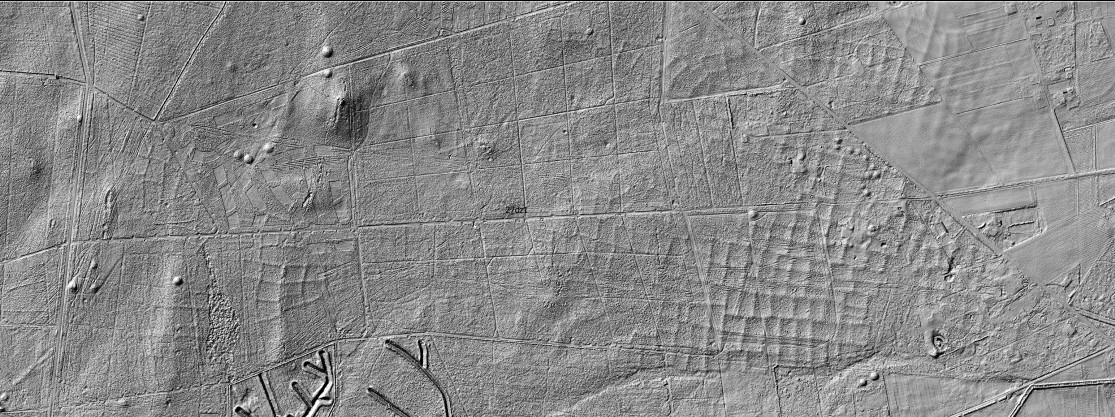LiDAR
High resolution altitude data created by airborne LiDAR allow the investigation of large areas and often inaccessible tracts of land and has the potential to reveal undiscovered archaeological heritage.
LiDAR (Light Detection And Ranging) is a survey technique that measures the distance to a target by illuminating the target with pulsed laser light and a sensor that registers the reflected pulses. The result is a 3 dimensional point cloud.
The entire surface of the Netherlands has been measured by airborne LiDAR providing a detailed elevation model. This constantly updated model is made available for public use by Current Dutch Elevation (Actueel Hoogtebestand Nederland), a cooperation of water boards, provinces, and the national government of the Netherlands.
For the first time, these LiDAR data allow for the investigation of areas which are obscured by forest cover. It is in these areas that most archaeological structures, like burial mounds and Celtic fields lie hidden, waiting to be discovered.


